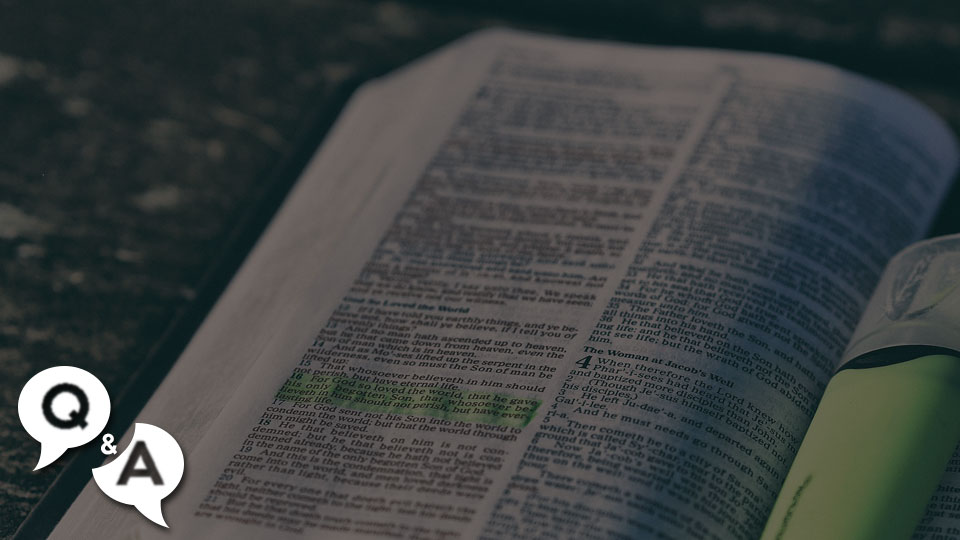Sunday, February 2, 2020
Feast of the Presentation of the Lord
Liturgical Color: White
First reading: Malachi 3:1–4
Responsorial Psalm: Psalm 24:7, 8, 9, 10
Second reading: Hebrews 2:14–18
Gospel: Luke 2:22–40
The Holy Spirit was upon Simeon that day, as he proclaimed the fulfillment of what had been foretold to him by the Lord: Here was the Messiah — this baby, whose parents had brought him to the Temple to be presented to the Lord, as the divine Law prescribed. His mother, Mary, having completed the required forty days of quarantine on the occasion of the birth of her first-born, gave thanks to the Lord for having given her a healthy boy and Israel a redeemer. The fact that Mary and Joseph allowed the old prophet to hold Jesus in his arms was the completion of a long-time desire. Now he could retire and be taken up to God.
Mary and Joseph (and perhaps some onlookers) “marveled at what was said about him.” Was it those powerful words about the baby being “set for the fall and rising of many in Israel, and for a sign that is spoken against”? Those were truly strong words, destining the child to affect many and to cause a turnaround in the fortunes, among the Lord’s chosen people, of those who chose to believe in him, as well as of those who chose to reject him.
As it turns out, those who choose to follow Jesus in the Way of the Cross eventually find themselves elevated to heaven and unity with God himself, while those who reject him are plunged into the lonely depths of hell. This will be true, not only of the ancient Israelites, but equally of people of many lands and epochs. It will come about because Jesus’ own destiny is to become “a light for revelation to the Gentiles, and for glory to your people Israel.”
But as was said in the First Reading: “Who will endure the day of his coming?” For the fire and lye of the Lord Jesus are as strong as the words used to describe him. Again, “he will purify the sons of Levi,” those who were charged with the care of the Temple, and the priests, “that they may offer due sacrifice to the LORD.” This is a harsh cleansing, not praise for their holiness, and no one will be spared, as they saw the destruction of their world when, a few years after Jesus returned to the Father, their Temple was destroyed by an invading army.
The reading seems to fit better the coming of Jesus to cleanse the Temple in the final days of his ministry then the coming of the child Jesus in helpless innocence. Yet the searing, final coming is already presaged in the coming of the young Jesus to the Temple to be greeted by Simeon as the fulfilment of God’s promise of salvation or completion. Malachi prophesied the purging of the sons of Levi, and no one can deny that a dreadful purging of the sons of Levi took place at the sack of Jerusalem in 70AD. They had failed to recognize their Lord. This cannot but give us pause to reflect whether we, who have theoretically committed ourselves to Christ, have in fact responded and been converted and purged. Are we in any way better than those who were condemned and suffered, or are we merely more secretive, better at concealing our faults and secret distortions from others? – Universalis, commentary on the First Reading
To confirm Simeon’s prophecy, Anna, daughter of Phanuel, also arrives and provides similar surprising words about this baby “to all who were looking for the redemption of Jerusalem,” again following the precept of the Lord, “that every word may be confirmed by the evidence of two or three witnesses” (Matthew 18:16). This, in turn confirms what Jesus says in verse 20 of the same chapter: “Where two or three [who have been given authority in the Church] are gathered in my name, there am I in the midst of them.” For the unanimity of believers is far better proof than a lone voice.
The words Simeon addresses to Mary announce that she will be intimately linked with her Son’s redemptive work. The sword indicates that Mary will have a share in her Son’s sufferings; hers will be an unspeakable pain which pierces her soul. Our Lord suffered on the cross for our sins, and it is those sins which forge the sword of Mary’s pain. Therefore, we have a duty to atone not only to God but also to his Mother, who is our Mother too. – Navarre Bible Commentary
In the final sentences of this week’s Gospel, St. Luke states that the Holy Family “returned to Galilee, to their own town of Nazareth.” He thus seems to indicate that this return followed immediately upon their visit to the Temple. But this is not what actually happened, since as Matthew’s Gospel tells us, they were forced to flee to Egypt to prevent Jesus’ being killed by the soldiers carrying out King Herod’s order that this “so-called King of the Jews” be murdered. We do not know the length of time they spent in Egypt, but it is presumed to be several years, since they only returned home when the angel told Joseph that “they are dead” who sought the child’s life. But upon returning to Jerusalem, they found another enemy on the throne, so they decided to keep going, until they reached Nazareth, where the child Jesus would be safe.
Another prophecy besides that of Malachi, in our First Reading, bears on this scene of the Holy Family entering the Temple precincts, one which, curiously, has escaped popular notice:
Also fulfilled are the seventy weeks prophesied by Gabriel (Daniel 9:24), from Gabriel’s appearance to Zechariah in the temple until Jesus’ arrival in the temple. – Catholic Commentary on Sacred Scripture
The final note from the passage reminds us that babies do grow up, learn and mature, but that this child was special, since he was also the Son of God, divine as well as human. God became man, but without losing his divinity. Mary knew this, because the angel told her, and presumably those she told knew it, as well. How many would believe her, and how many would see it as nonsense? Once again, we have a world divided, as it will be until the last day.








